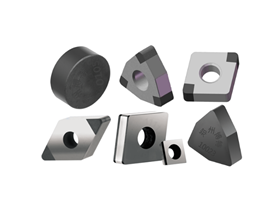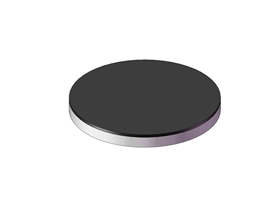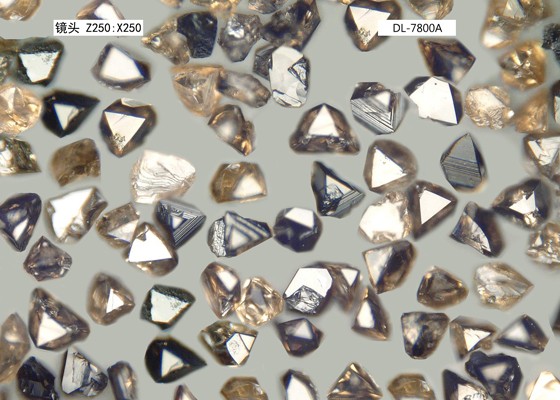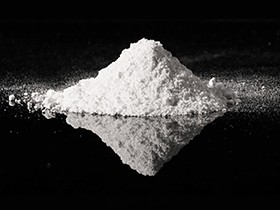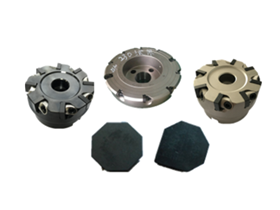Throughout the turning process, cutting parameters encompass cutting speed, feed rate, and depth of cut. The selection of these parameters directly affects machining efficiency, machining quality, and tool life. The ideal cutting state includes: short cutting time, long tool life, and high cutting accuracy. To achieve good cutting results, reasonable cutting parameters must be selected based on the workpiece material, hardness, shape, and machine tool capability.
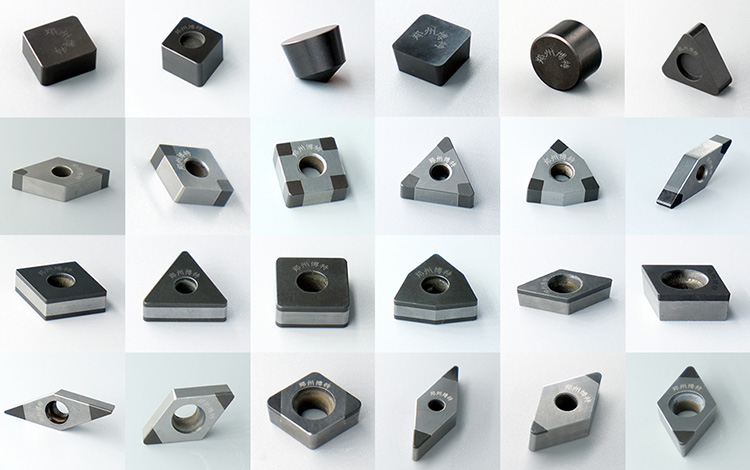
I. Cutting Speed
Cutting speed has a significant impact on tool life. Raising the cutting speed causes the cutting temperature to increase, thereby shortening tool life. The selection of cutting speed depends on the type and hardness of the workpiece material. A cutting speed matching the workpiece material, operating conditions, and tool grade must be selected.
Effects of Cutting Speed:
Excessively high cutting speed leads to reduced tool life.
Excessively low cutting speed can easily induce chatter, affecting tool life and machining accuracy.
II. Feed Rate (Feed)
In turning, the feed rate refers to the distance the workpiece moves per revolution. In milling, the feed rate refers to the distance the table moves per cutting tooth (table movement distance divided by the number of teeth), hence expressed as feed per tooth.
Effects of Feed Rate:
Excessively low feed rate intensifies flank wear and reduces cutting efficiency.
Excessively high feed rate causes cutting temperature to rise, shortening tool life.
III. Depth of Cut
The setting of the depth of cut depends on the required material removal amount, workpiece shape, machine tool power and rigidity, and tool rigidity.
Effects of Depth of Cut:
Excessively small depth of cut can cause friction when cutting the work-hardened layer, affecting tool life.
When cutting unmachined surfaces or cast iron surfaces, the depth of cut should be increased as much as possible within the allowable power range of the machine tool. This avoids the cutting edge tip engaging the hard layer containing impurities, preventing tool edge chipping and abnormal wear.
